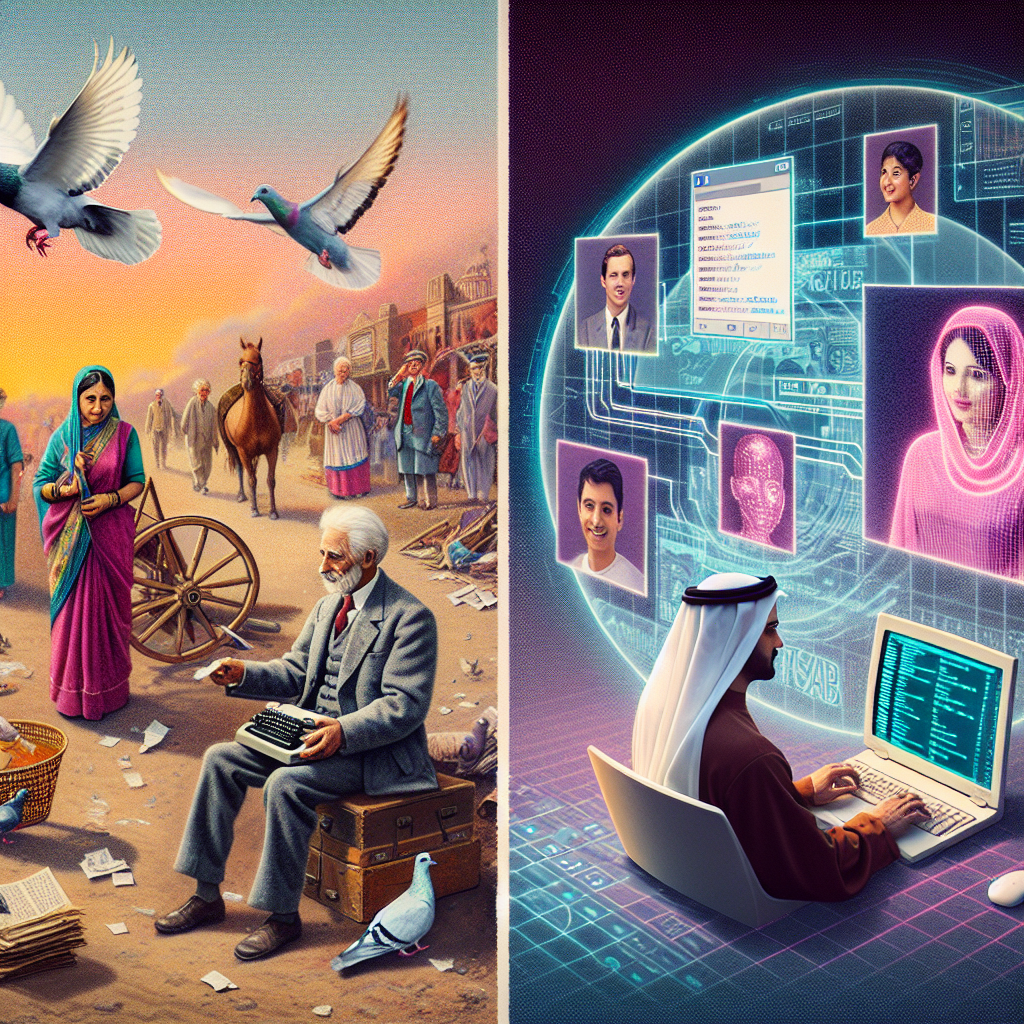The virtual universe of digital communication has vastly evolved over the years. The written word has its charm, but the online chat experience now transcends the mere boundaries of text messaging. Post the advent of the internet, the chat feature has undergone a progressive journey expanding from traditional text-based formats to include a broad spectrum of innovative interaction styles, such as emojis, memes, GIFs, stickers, and even video and voice messaging. This article delves into the revolutionary transformation that chat platforms have seen, changing how people communicate digitally.
The Beginning of Digital Chat
The history of digital chat can be traced back to the 1970s with the inception of email. However, it was the launch of the Internet Relay Chat (IRC) in the late 1980s that introduced people to the real-time, text-based communication system. It was a pretty rudimentary form of chat, with no support for multimedia elements.
The Era of Chat Rooms and Instant Messaging
The mid-1990s brought with it the era of chat rooms. AOL, Yahoo, and MSN were the frontrunners in providing platforms that allowed users to engage with complete strangers from around the globe. Instant messaging gradually started replacing the email with MSN Messenger and AOL Instant Messenger (AIM) leading the way. Compartmentalized chatting options paved the way to more personalized messaging experiences.
The Dawn of Social Media Chats
Fast forward a few years, we entered the era of social media chats. With the advent of platforms like Facebook, Twitter, and Instagram, chat features became increasingly interactive. Texting was supplemented by a range of expressive content like emojis and GIFs, which gave users a way to visually interpret emotions alongside text.
The Advent of Smartphones and Chat Apps
The rise of the smartphone era brought a significant shift in the chat evolution. Today we have chat apps like WhatsApp, Messenger, Snapchat, and WeChat, which don’t just offer text communication but provide a whole interaction package. From sending multimedia messages to voice and video calls, these apps have taken digital communication to a whole new level.
The Future of Chat: AI and Chatbots
The future holds even more extravagant changes for chat platforms, particularly with the integration of artificial intelligence (AI). The emergence of chatbots is now redefining user interaction. Capable of mimicking human interaction to a great extent, these chatbots are being used increasingly for customer service and support.
Conclusion
The evolution of chat has been a testament to our incessant quest for better methods of communication. As we move further into the digital era, the trajectory seems upward moving with technological advancements providing more innovative, seamless, and immersive chatting experiences. Despite the consequential social and psychological dynamics, the evolution from text to interactive chat seems a natural progression in this digital age.
Frequently Asked Questions
- What was the first form of digital chat?
The first form of digital chat was via the email system in the 1970s.
- What brought about the shift from email to interactive chats?
The advent of social media platforms like Facebook and Twitter and the rise of smartphones introduced a new range of interactive chat possibilities.
- What role does AI play in future chat evolution?
AI plays a significant role in the evolution of chat platforms. The introduction of chatbots that can mimic human-like interactions has revolutionized customer service and support systems.
- Why have chat platforms evolved into more interactive platforms?
This evolution is due to the increasing demand for more visual and expressive methods of communication, moving beyond text-based messages.
- What impact does the evolution of chat have on communication?
The evolution of chat has led to more personal, visual, and real-time methods of communication, significantly impacting how we interact digitally.

